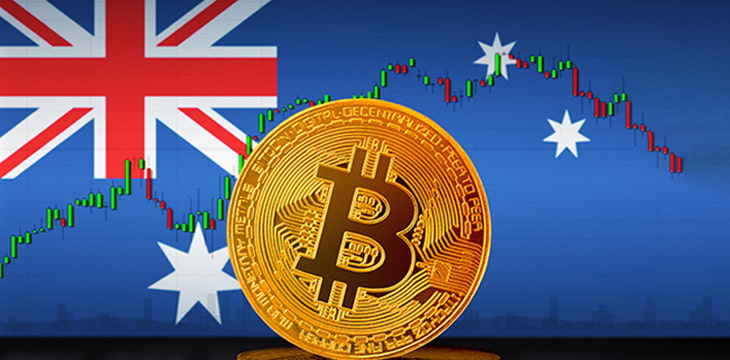|
Getting your Trinity Audio player ready...
|
The Australian digital assets market will soon get more regulatory clarity with the government laying out plans to carry out digital tokens mapping, which will be used to make more targeted regulations to safeguard consumers.
According to the Sydney Morning Herald report, the initiative will be conducted by the Department of the Treasury and will involve categorizing all digital assets available in Australia according to type, underlying code, and other defining technological features.
The token mapping will determine which digital assets can be regulated with the existing financial services law and which non-financial products need special legislation. Jim Chalmers, the minister in charge of the Treasury, noted that the mapping is the first of its kind in the world.
“The aim will be to identify notable gaps in the regulatory framework, progress work on a licensing framework, review innovative organizational structures, look at custody obligations for third-party custodians of crypto assets and provide additional consumer safeguards,” Chalmers said.
For the official, the increased proliferation of digital assets in the Australian market has made understanding the asset class imperative for regulators.
“As it stands, the crypto sector is largely unregulated, and we need to do some work to get the balance right so we can embrace new and innovative technologies while safeguarding consumers,” he added.
Australia keen on protecting digital assets consumers from themselves
Meanwhile, the report noted that the mapping will be followed by publishing a consultation paper that will outline a fresh regulatory framework proposal for the Australian digital assets industry.
The report is coming after Australian Securities and Investments Commission (ASIC) Chair Joe Longo raised concerns about the country’s carefree attitude of digital assets investors. A survey conducted by the ASIC shows that only 20% of over 1 million people who have interacted with digital assets in the country acknowledged the risks.
Previously, the ASIC published a consumer protection framework that introduced new restrictions for influencers in the space. Market participants have criticized the framework and fear it may water down enthusiasm in the burgeoning market.
Australia is also exploring the launch of a central bank digital currency (CBDC) that it hopes will substitute for the current high demand for digital assets. This month, the Reserve Bank of Australia announced that it would undertake a year-long limited-scale ring-fenced CBDC pilot project.
To learn more about central bank digital currencies and some of the design decisions that need to be considered when creating and launching it, read nChain’s CBDC playbook.
Watch: The BSV Global Blockchain Convention panel, Web3 and BSV Blockchain

 01-01-2026
01-01-2026 




